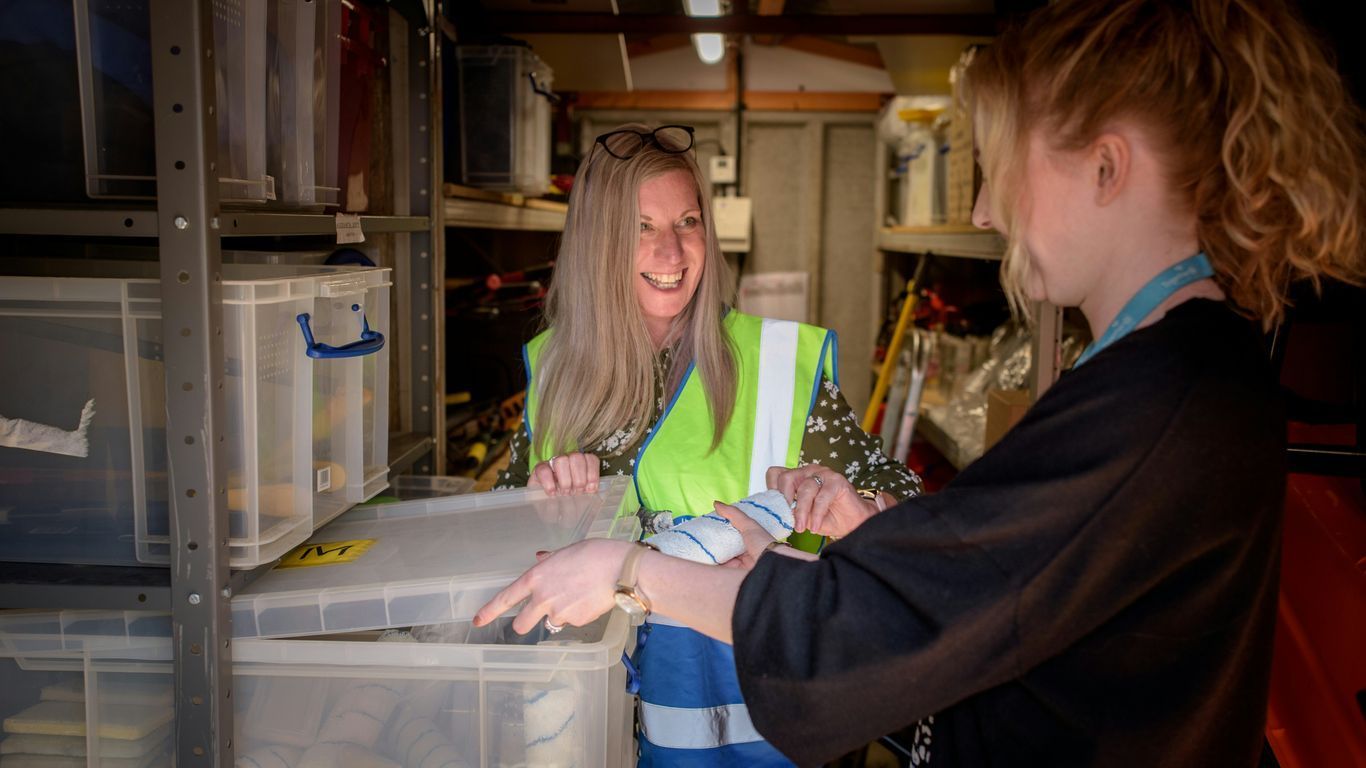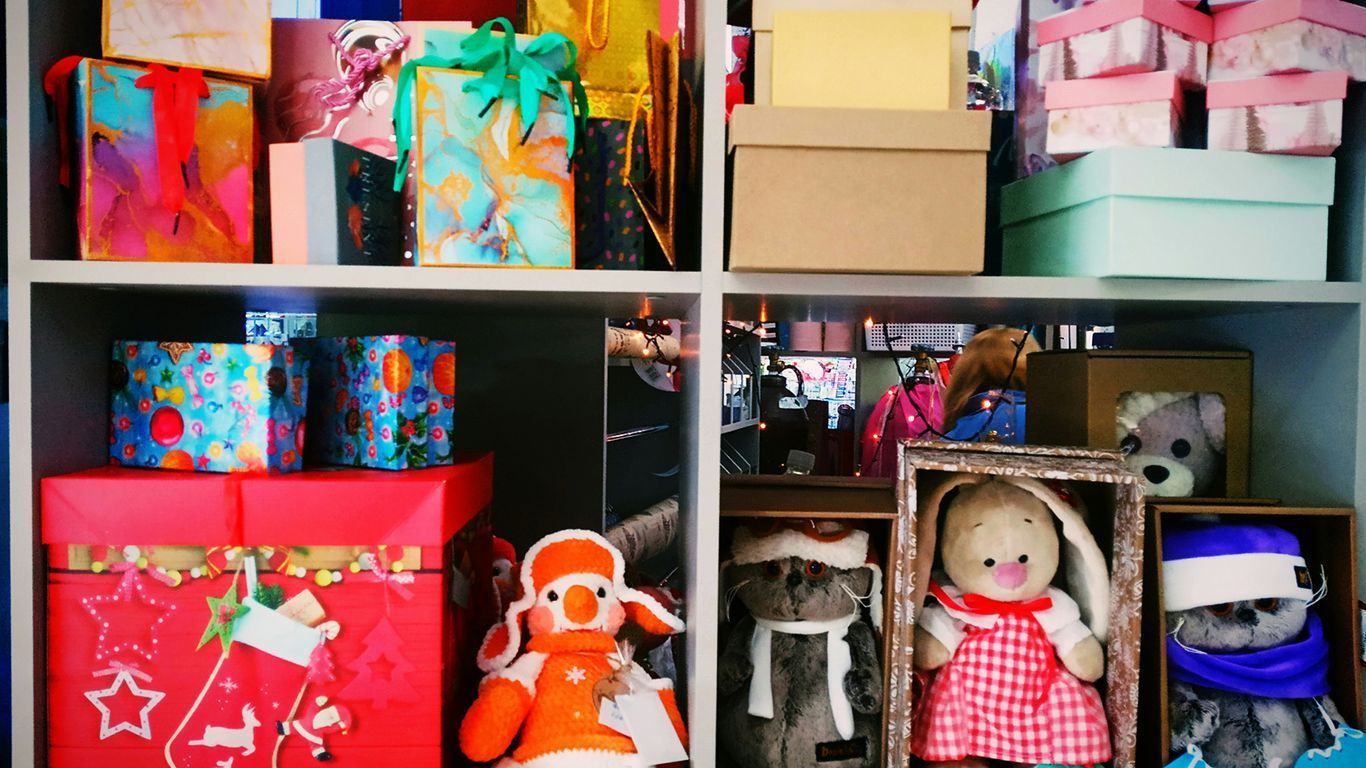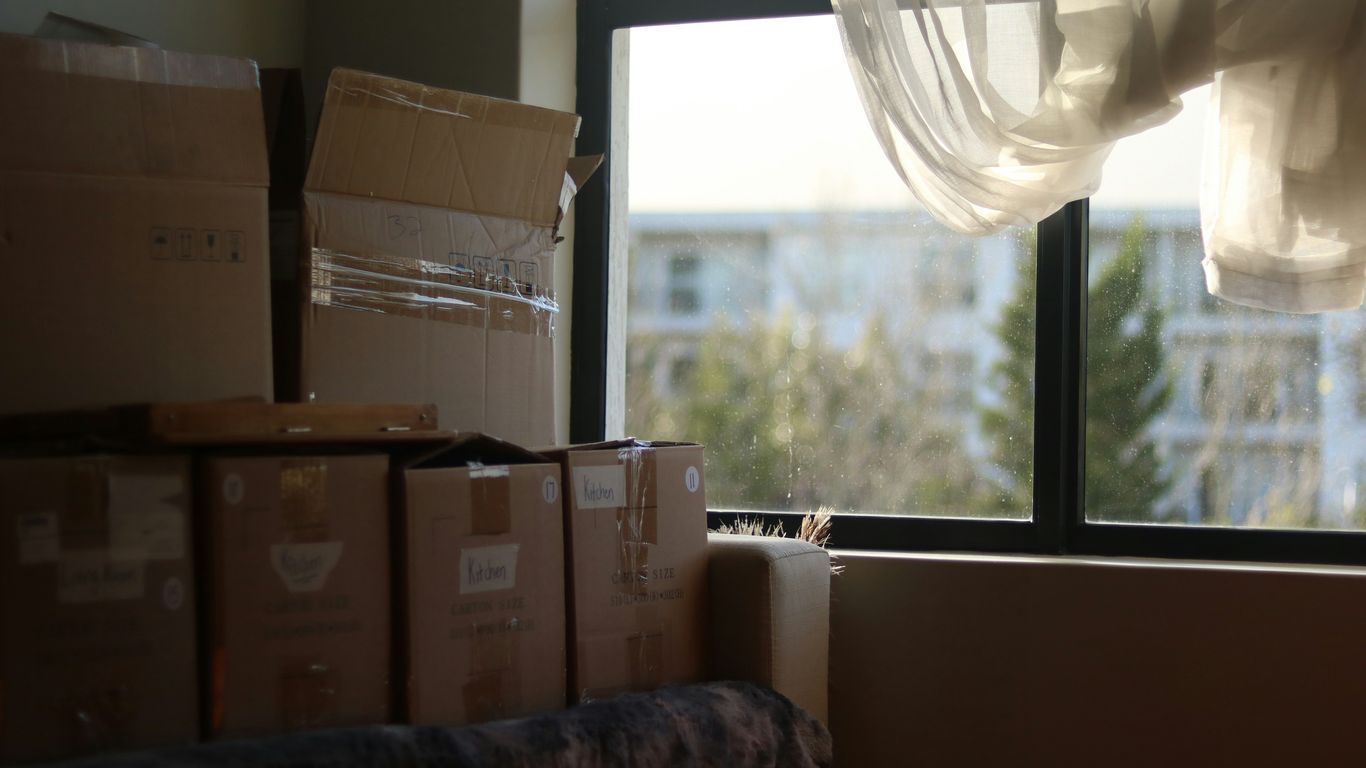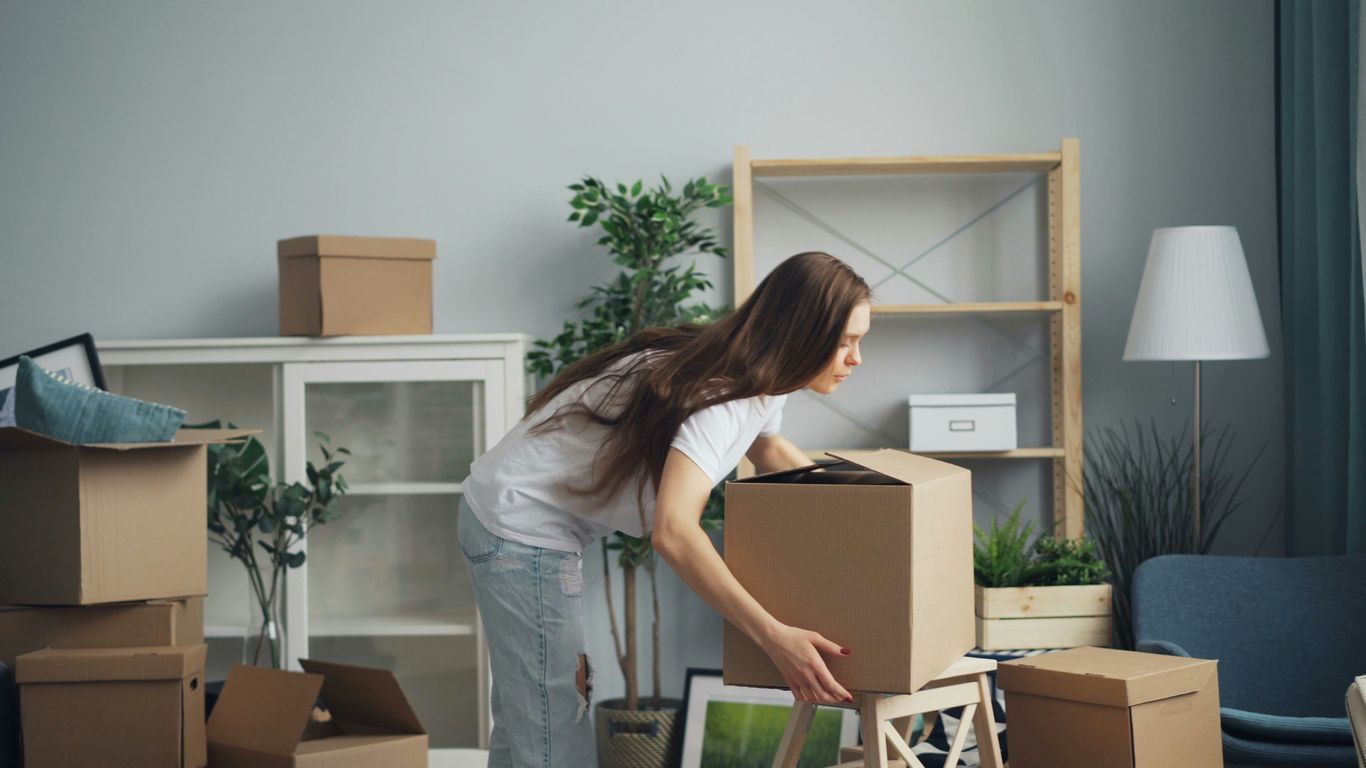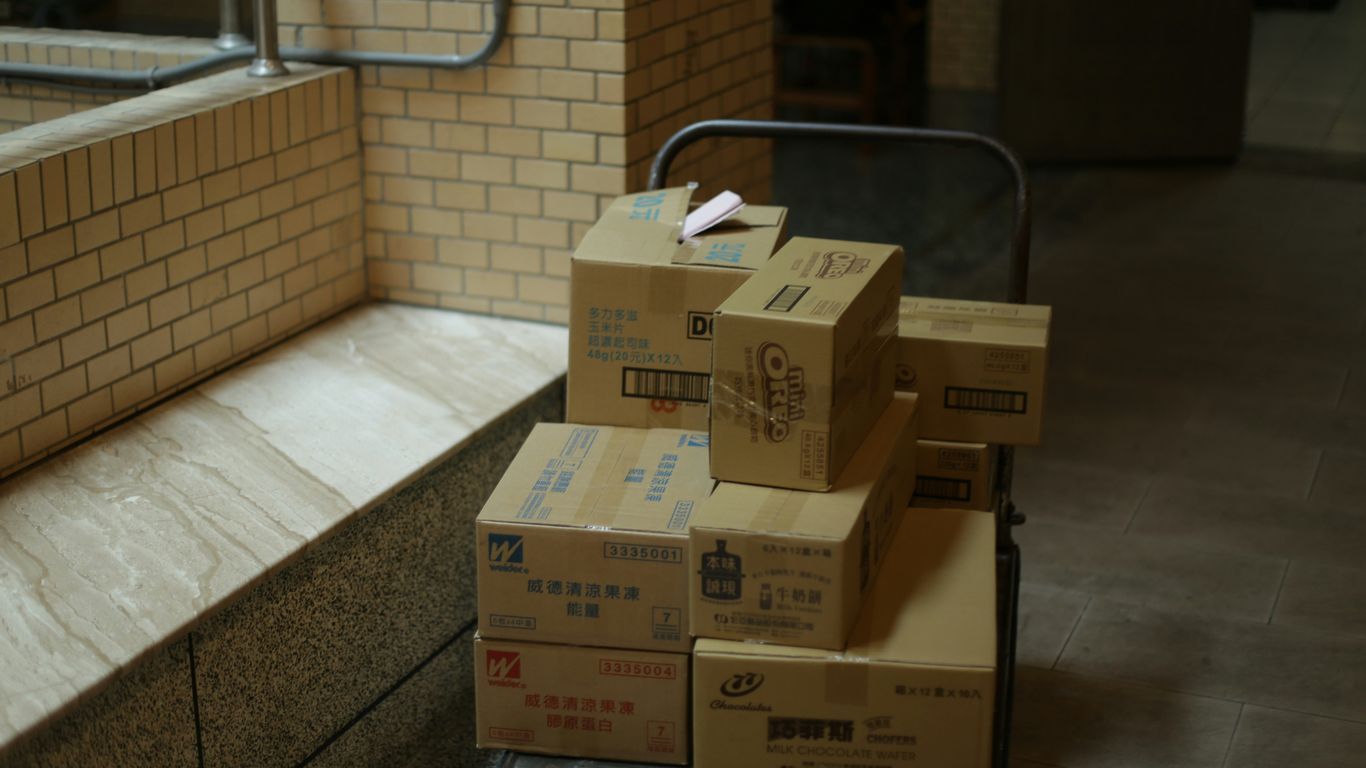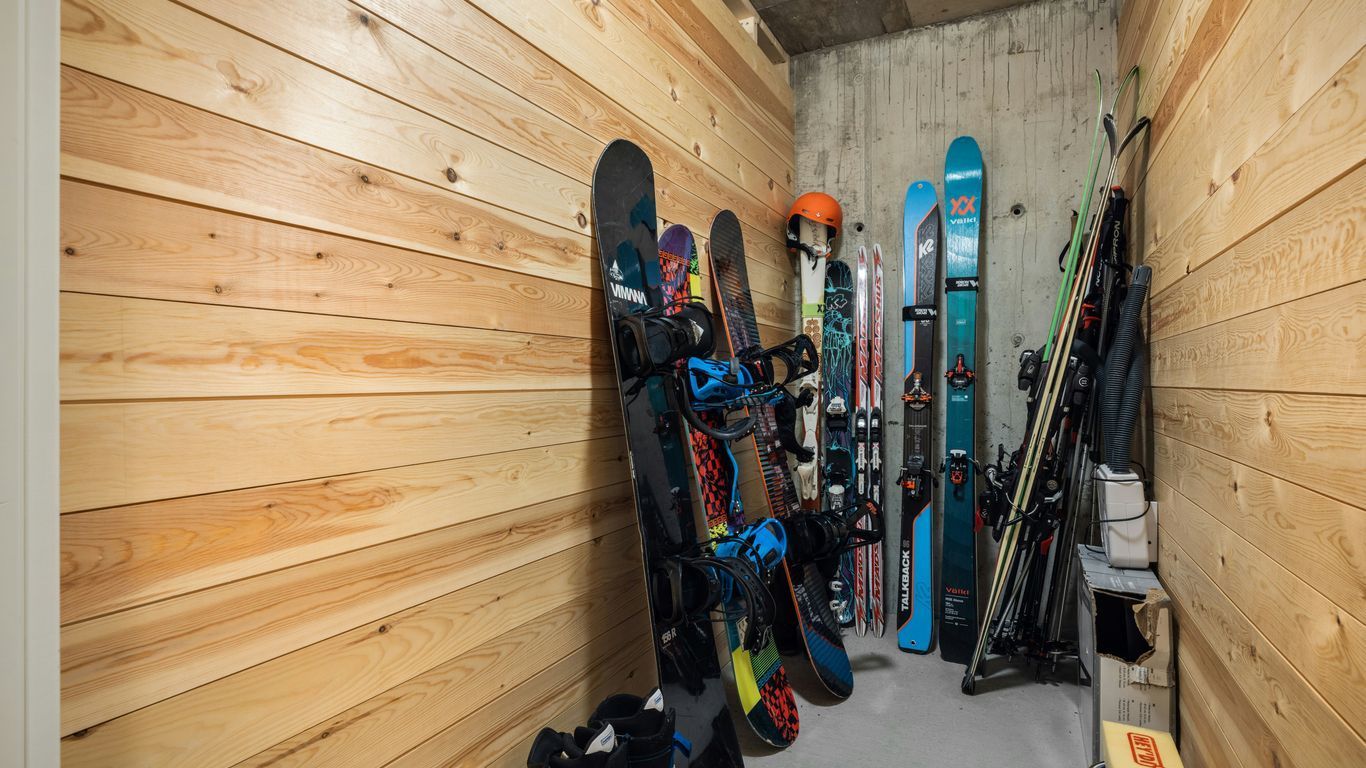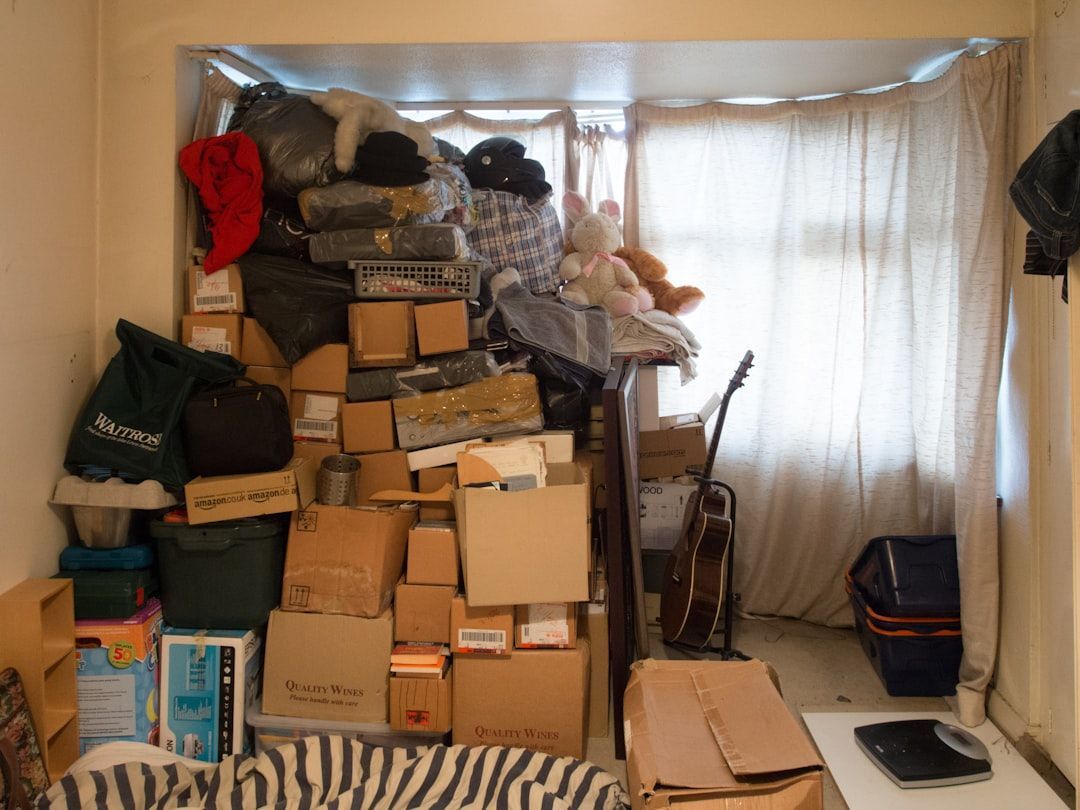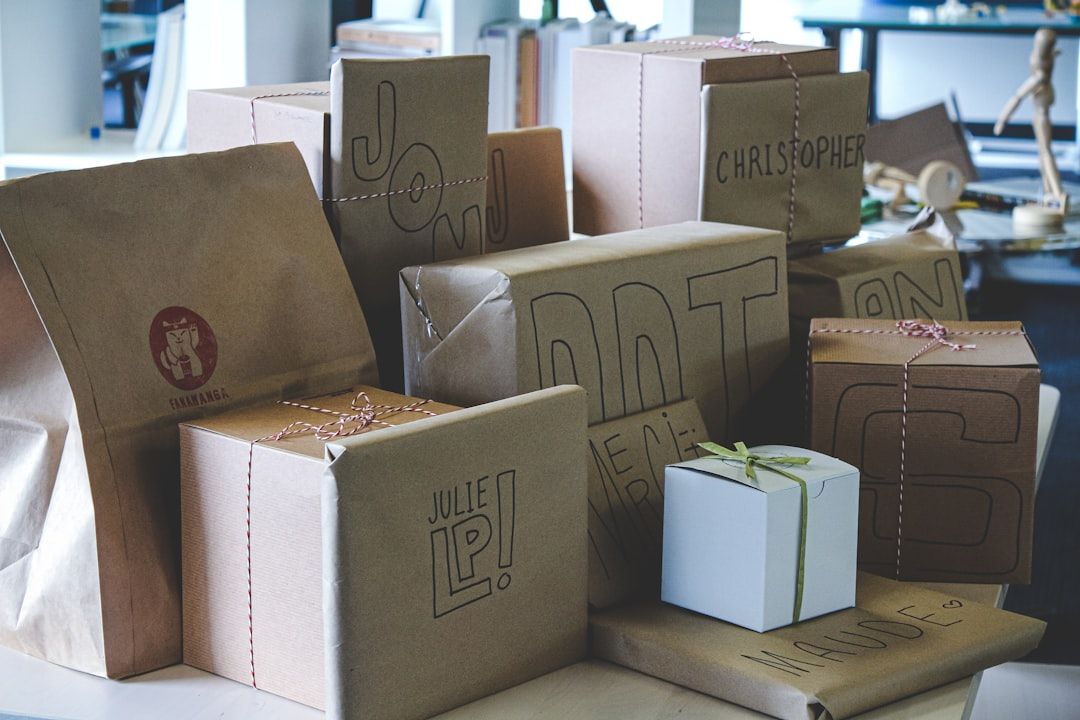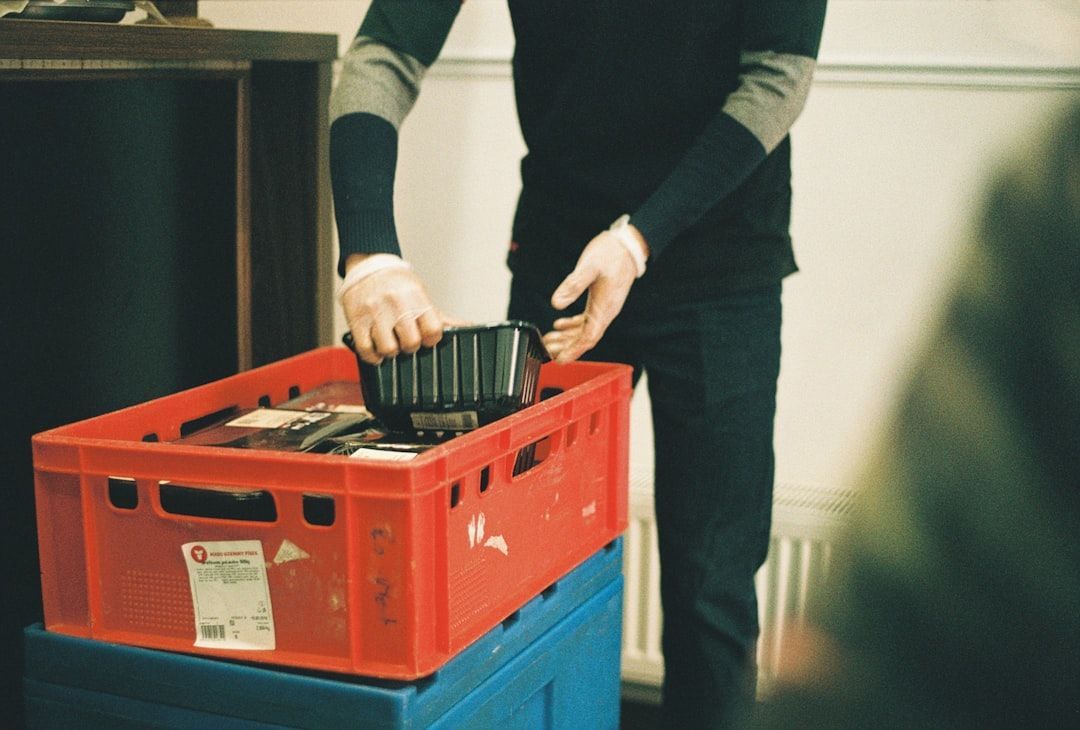Organizing After a Life Change: A Storage Unit May Be Your Best Friend
Big changes in life can really throw your routine out of whack. Maybe you’re moving, downsizing, or just need to clear out some space after a major event. Whatever the reason, figuring out what to do with all your stuff can be overwhelming. That’s where self storage during life transitions comes in handy. It gives you a little breathing room to sort things out at your own pace, without having to make every decision right away. Let’s talk about how a storage unit can help you stay organized and sane when life gets messy.
Key Takeaways
- Self storage during life transitions gives you room to breathe and sort things out on your own timeline.
- Starting with a good inventory and some honest decluttering makes your storage unit work better for you.
- Choosing the right size unit and supplies keeps your stuff safe and easy to find later.
- Regular check-ins and updates to your inventory help you avoid surprise clutter or lost items.
- A little planning up front saves you money, stress, and time in the long run.
Understanding the Role of Self Storage During Life Transitions
When Major Changes Require Temporary Solutions
Nobody plans for sudden life shakeups, but they happen. A quick move for a new job, a split from a long-term partner, or needing to empty out a home fast after a loss—these events don’t give you much time to figure out what to do with your stuff. In these moments, self storage steps in as a lifesaver. It’s that instant space you didn’t know you would ever need, right when everything in your world is up in the air.
- If you’re moving but can’t get into the new place right away, your belongings stay safe in a unit until you’re ready.
- During home renovations, storage keeps your things out of the dust and mess.
- Even if you’re simply overwhelmed by all the boxes after downsizing, putting some items in storage frees up breathing room.
Self storage doesn’t erase the stress, but it does give you a small piece of control when life feels out of your hands.
Why Self Storage Offers Flexibility and Relief
What makes self storage such a relief in tough times? For one, you’re not locked in. Most places offer month-to-month leases, so if you only need it for a month or two, that’s all you’ll pay for. You get to decide how long you need it, and how much space is right for you. Some facilities, like trusted Campbellsville options, even have 24/7 access or climate-controlled units, so your stuff is always close by and protected from the heat or cold.
- No long-term contracts
- Different sizes for every situation
- Options for sensitive stuff like electronics or antiques
This flexibility makes self storage perfect when life turns upside down or pauses unexpectedly. You can figure out your next step without feeling rushed or crammed by boxes.
Common Life Events That Lead to Storage Needs
Most people only think about storage during big moves, but there are all kinds of major and minor events where it comes in handy. Maybe you’ve just gotten married and you’re merging two households, or you took a year-long job overseas but don’t want to get rid of everything. Even losing a loved one can leave you with lots of things you aren’t ready to sort right now.
Typical situations where a storage unit steps in:
- Sudden job relocation
- Divorce or separation
- Renovating or rebuilding after a disaster
- College students bouncing between home and campus
- Handling inherited items or family keepsakes
Block by block, a storage unit helps you adjust to life’s messy changes at your own pace, holding your belongings until you’re ready for the next chapter.
Decluttering and Inventory: The First Step to an Organized Storage Unit
Getting started with a storage unit means doing some honest work before you haul your stuff across town. Taking the time right now to declutter and create a real inventory will save you tons of hassle later. You want to know exactly what’s going in, what’s staying behind, and how it all fits together. If you’re rushing or skipping steps, you’re just setting yourself up for chaos down the line.
Sorting Essentials from Sentimentals
This part can get messy. Your life just changed—maybe a move, maybe a breakup, who knows. That means plenty of stuff suddenly feels up for debate. Here’s a practical way to tackle the decision-making:
- Make three piles: Keep, Store, and Donate/Toss. Don’t overthink the first round—just go with your gut.
- The “Keep” pile is for the objects you’ll use in your day-to-day. The “Store” pile is for things you care about but don’t need right now—think seasonal gear, photos, mementos, or rarely used kitchen gadgets.
- The Donate/Toss pile is where you get honest. Got two blenders? Missing puzzle pieces? If you haven’t used it in a year, chances are you don’t need to keep it.
Letting go of what’s collecting dust isn’t always easy, but it makes everything else so much lighter—physically and mentally.
Creating a Detailed Inventory List
Inventory isn’t just a neat-to-have; it’s your roadmap any time you need something from storage. Once your piles are sorted, grab a notebook or your phone, and write down every single thing you’re putting away. Add details—and be specific.
- Record the item (“blue winter coat”), the box or bin it’s in, and maybe even the location within the unit if you’re feeling organized.
- Number or label your boxes so that finding stuff won’t turn into a scavenger hunt.
- You could even snap a quick photo of each box’s contents for reference.
Not only does this list help cut down wasted time searching, but it also safeguards against forgetting what’s out of sight.
Tips for Choosing What to Store and What to Let Go
Storing stuff for a life transition is about making smart decisions, not just clearing space. Here’s what helps:
- Ask yourself: Will you realistically need or want the item when your situation settles down?
- Prioritize items with the most personal or practical value to keep in storage. Everything else can probably go.
- Avoid storing things that are cheap to replace or easily perishable. Stale paperwork and broken electronics? Not worth the trouble.
Sometimes, we all hang onto things for the memories, but moving forward gets easier the lighter your load. Self-storage gives you the buffer to make decisions at your own pace, but starting with this process helps keep the emotional and physical clutter under control.
Choosing the Right Self Storage Unit for Your Situation
Finding a suitable self storage unit can be surprisingly personal—it isn’t just about picking a random space and locking up your things. The right unit makes your life easier, and helps avoid extra stress during major changes. Let’s break down the main things you need to think about to land the best spot for your stuff and situation.
Assessing the Size You’ll Need
Guessing at size rarely works out. You don’t want to be stuck in a tight space you can barely walk through—or waste money on something twice as big as you need. Here’s a straightforward way to narrow it down:
- Make a clear list or inventory of what you plan to store.
- Visualize how much space larger stuff—like furniture—will take up. (A 10'x10' unit fits about a small apartment’s worth.)
- If you’re on the fence, going up one size can be worth it for easier access or if you’ll add things later.
- Stackable plastic bins and uniform-sized boxes make the most of vertical space.
If you’re feeling stuck, many facilities have online calculators to help you estimate the size based on what you’re storing. It’s way less stressful than eyeballing everything.
For more ways to figure this out for your specific items, you can check out these helpful tips for making the best choice.
Climate Control and Other Special Features
Not all self storage spaces are the same—some offer features that really do make a difference. Think about what you’re storing:
- Climate control protects things like electronics, musical instruments, or wooden furniture from dampness, mold, or heat damage.
- Drive-up access makes it way easier if you’ll be moving large or heavy items often.
- Good lighting and on-site staff can help with security and peace of mind.
Ask yourself if you need these features or if a standard unit will do. Remember, it’s usually worth a couple extra dollars a month to keep valuables in good shape.
Location and Accessibility Considerations
How often do you need to pop in and out of storage? That’s a biggie. Here’s what to weigh:
- Is the facility close to your home or new place?
- What are the access hours? Some places offer 24/7 access while others close up at night.
- Is it easy and safe to get to (well-lit, not tucked down a sketchy alley)?
- Can you park right by your unit, or is there a long walk involved?
Choosing a convenient place means you’ll actually use your storage unit—no one enjoys hauling boxes for miles just to find something they need.
Remember, accessibility isn’t just about location; it’s about making your transition smoother every step of the way, especially during hectic, change-filled times.
Packing and Organizing Tips for Long-Term Success
Getting your storage unit set up for the long haul isn’t just about tossing things into boxes and locking the door. You want a setup you don’t regret later—one where you can actually find your stuff and nothing gets wrecked when you need it most. Here’s how to keep things practical and organized both now and months down the line.
Must-Have Supplies for Secure Storage
You’d be surprised what a difference the right tools make. Before you even start packing, gather these supplies:
- Sturdy boxes in a few manageable sizes (don’t go for huge ones; they get heavy fast)
- Heavy-duty packing tape
- Permanent markers or color-coded labels
- Plastic bins for anything sensitive to water or humidity
- Bubble wrap or packing paper for breakables
- Zip-top bags for hardware, cords, or loose parts
- Stretch wrap for wrapping furniture
Starting with quality supplies saves you a bunch of frustration later—no one wants to find their belongings collapsed or moldy.
Best Practices for Packing Boxes and Fragile Items
How you pack matters as much as what you pack. If you toss delicate things in any-old-way, you’ll probably regret it. Here are a few go-to habits:
- Fill up boxes fully so they don’t cave in, but keep them at a weight you can lift.
- Put heavy items on the bottom, lighter stuff on top.
- Wrap breakables separately—never just stack them together.
- Line the bottom of boxes with a cushion (newspaper works if you’re on a budget).
- For furniture, break it down when you can and tape bagged hardware to the main pieces.
Seriously, put a label on everything—even if you’re convinced you’ll remember what’s in which box. Later on, you won’t.
Strategically Mapping Out Your Unit
There’s no bigger headache than needing to grab your winter coat and finding it buried behind Aunt Mary’s wedding china. To keep your storage usable:
- Draw a quick map or list of where everything is inside the unit
- Place the things you’ll need more often right at the front
- Store holiday decorations or rarely-used items in the furthest corners
- Stack heavier boxes or bins on the bottom to avoid crushing lighter ones
- Leave a walkway so you aren’t crawling over everything for months
A little planning now means you’re not wrestling with piles of boxes every time you make a quick trip to storage. Keep it straightforward: convenience up front, long-term stuff in the back. And always, always keep your inventory list updated as you move things in and out.
Maintaining an Organized Storage Space Over Time
Staying organized in your storage unit isn’t a one-and-done job. After you walk away from your freshly packed unit, it's easy to forget about it until you need something or realize your rent is due again. But if you let things go for too long, that tidy space turns into another cluttered mess that’s even harder to deal with the next time life throws a curveball.
Scheduling Regular Check-Ins and Purges
Making a habit of checking on your unit every few months can spare you a headache later. Set a calendar reminder—quarterly is usually good—to take a look at your unit and see what's actually in there. You want to:
- Check for signs of mold, moisture, or pests.
- Make sure boxes and bins are still stacked safely, nothing's about to fall over.
- Scan for items you no longer need—life changes fast, and what was important last year might not matter now.
That strange feeling when you peek into your storage and don't recognize half of what you see—that’s a sign it’s time for a mini-purge.
Updating Your Inventory with New Additions or Removals
Every time you add or remove something, update your inventory list. It doesn’t have to be complicated—a notes app, spreadsheet, or even a dedicated storage notebook does the job. Forgetting to list a box or two leads to confusion and wasted time later.
Some simple rules:
- Add all new items to the list as soon as they go in.
- When you take something out, mark it as gone.
- If you move things around, quickly note the new spot so you're not hunting in the wrong place.
Preventing Clutter from Returning to Your Unit
The real challenge over time is not letting your unit fill back up with unnecessary stuff. If you’re tempted to toss stuff in "just for now," ask yourself:
- Do I honestly see myself needing this anytime soon?
- Am I just moving clutter from my home to another spot?
- Is this box full of random items, or does it actually make sense to keep together?
Staying organized comes down to discipline and regular effort, but it beats a marathon clean-out when you need something in a hurry. In the end, your storage unit should be a safe spot for things you use and love—not a black hole for stuff you forgot existed.
Maximizing Your Investment in Self Storage During Life Transitions
Let’s be real: paying for a storage unit during a huge life change isn’t cheap, and you want every dollar to count. Getting real value from your storage unit means thinking beyond just cramming things inside and locking the door. If you treat your storage unit like a junk drawer, you’re going to end up wasting money, time, and maybe a little bit of your sanity.
Optimizing Space and Reducing Costs
The best way to avoid overpaying is to use your space smartly. Here’s how to make sure you’re not just renting empty air:
- Break down every box. Leave no space inside unfilled, but don’t just toss things in randomly.
- Stack items by weight and use (heavier on the bottom, most-used near the front).
- Use shelves or plastic bins to maximize vertical space—you’ll be surprised how much more you can fit.
- Rethink what you’re storing every couple of months. If it wouldn’t hurt to toss it, maybe it shouldn’t be there at all.
Avoiding Common Organization Pitfalls
Honestly, the biggest mistake people make is just throwing things in whenever, wherever. Organization should be intentional, not accidental. Here are a few things to skip:
- Don’t forget to label every box—you will forget what’s inside them, no matter how confident you feel.
- Never block access to frequently-needed items (like legal documents, winter coats, or that air fryer you swear you’ll use again).
- Resist the "set it and forget it" mindset. The more jumbled it gets, the harder it is to find anything (and you might end up re-buying stuff you already own).
How to Make Your Storage Experience Stress-Free
The less time you spend digging for things, the easier your life will be. Here are some simple ways to keep headaches to a minimum:
- Create a map or layout of your unit—just a rough sketch helps.
- Keep an up-to-date inventory, even if it's just on your phone’s notes app.
- Make time for a quick check-in every season to tidy up and make sure nothing mysteriously multiplied.
If your storage unit feels calm and easy to manage, chances are the rest of your transition feels a little less overwhelming too. Don’t underestimate the mental relief of knowing exactly where your stuff is.
When you approach storage with some thought and consistency, it really can be your best friend while you’re figuring out your next steps. A little prep up front goes a long way toward saving you money, stress, and tons of unnecessary clutter.
Making the most of self storage during big changes in life can help you stay stress-free and organized. Whether you’re moving, downsizing, or just need extra space, the right storage unit can make things simple and safe. Ready to find the best space for your needs? Visit our website to see how easy getting started can be!
Wrapping It Up: Why a Storage Unit Can Be a Lifesaver
So, if you’re facing a big life change—maybe a move, a new job, or just a serious need to declutter—don’t overlook the power of a storage unit. It’s not just about having a place to stash your stuff. With a little planning and some regular check-ins, your storage unit can actually make your life a whole lot easier. You’ll have space to breathe at home, and you won’t lose track of your things. Sure, it takes a bit of effort to get organized at first, but trust me, it’s worth it. Life is unpredictable, but knowing your belongings are safe and easy to find? That’s one less thing to stress about. And hey, if you ever need to add or remove things, you’ll be glad you set up a system from the start. In the end, a storage unit might just be the best friend you didn’t know you needed during a big transition.
Frequently Asked Questions
How do I pick the right size storage unit for my needs?
Start by making a list of everything you plan to store. A small 5'x5' unit is like a big closet—good for a few boxes and small items. A 10'x10' unit fits the contents of a one-bedroom apartment. If you’re unsure, go a bit bigger so you have room to move around and organize.
What’s the best way to keep my storage unit organized?
Use boxes that are all the same size so you can stack them easily. Label every box on at least two sides. Make a map or list of where things are in your unit. Put things you use often near the front and stuff you rarely need in the back.
How do I decide what to keep and what to let go of before storing?
Sort your items into three piles: keep, donate, and toss. Only store things you use, love, or really need. If you haven’t used something in a year, you probably don’t need to pay to store it. Donating or giving things away can help others and free up your space.
What supplies should I get before moving things into storage?
You’ll need sturdy boxes or clear plastic bins, packing tape, markers for labeling, bubble wrap or packing paper for breakables, and maybe some shelves if you want to avoid stacking boxes too high. A broom or cleaning wipes are also good for keeping things tidy.
How often should I check on or clean out my storage unit?
It’s smart to visit your unit every few months. Use these visits to check for any problems, update your inventory, and see if there’s anything you can remove or donate. Regular check-ins help you avoid clutter and keep everything in good shape.
What should I do if I need to add or remove items from my storage unit?
Always update your inventory list right away when you add or take out something. Put new items in the correct spot, not just wherever there’s room. If you take out a lot, see if you can combine half-empty boxes to save space.

